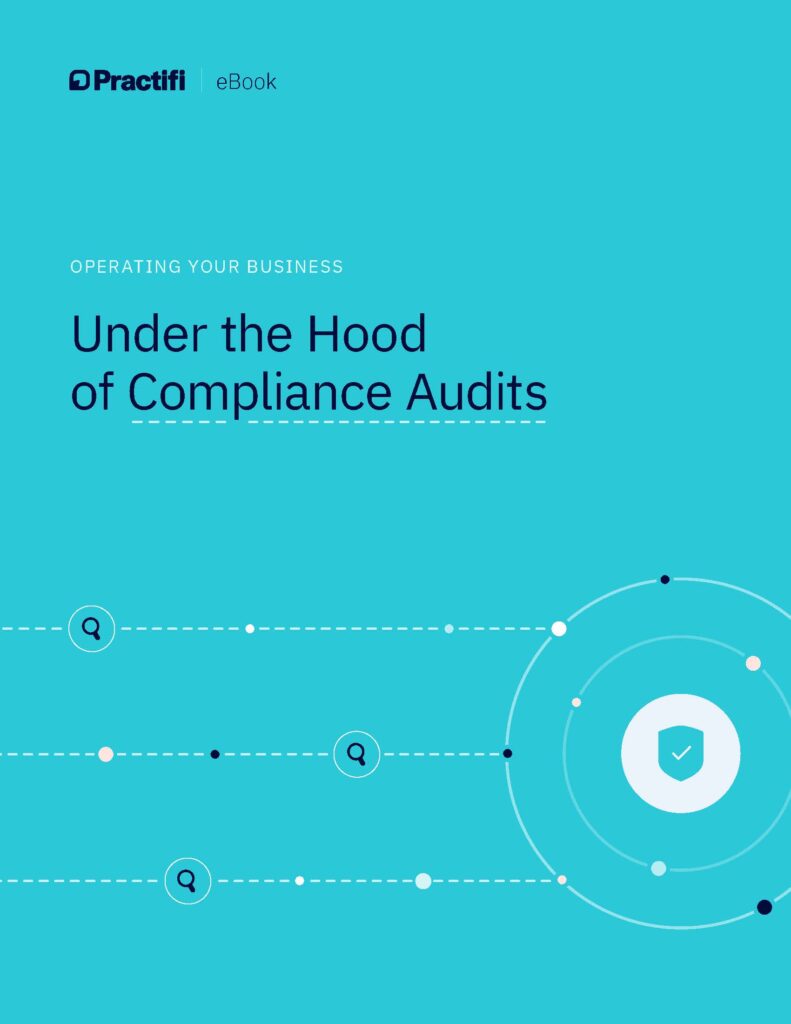
The Realities of Limited Workflows in Wealth Management
In the rapidly evolving world of wealth management, automation through CRM workflows has become the key to sustainable growth. Wealth management firms are increasingly recognizing the importance of automation as it allows them to efficiently manage tasks and deliver superior client experiences. At its core, automation in this context refers to the use of technology to streamline and standardize various processes, reducing manual intervention and the potential for errors.
A big driver of automation in wealth management are CRM workflows. What are workflows? They’re essentially predefined sequences of actions and tasks that guide users through various processes, from client onboarding to portfolio management and reporting. Think of CRM workflows as your trusty sidekick — enabling wealth management teams to work smarter, not harder. Workflows serve as powerful tools that empower wealth management teams to streamline operations, reduce manual effort and increase efficiency. But what if automation took a back seat? Without it, wealth management firms could potentially face a series of hurdles.
Unmasking the Challenges of Wealth Management Without Automation
In the absence of robust workflow automation, wealth management firms face a myriad of challenges that can hinder their success in a highly competitive industry. When firms operate without automation, they find themselves navigating a complex landscape burdened with inefficiencies, compliance risks, data-related pitfalls and financial implications. These challenges aren’t just minor hiccups; they can significantly impact the day-to-day operations and long-term sustainability of the firm.
So, what exactly are these challenges, and why do they hold such significance?
- Inefficiencies: Manual processes are a primary source of inefficiency for wealth management firms without workflow automation. Picture this – advisors and other team members spending precious hours of their day filling out forms and tediously typing in client data. It’s like a never-ending paper chase. These administrative tasks consume valuable time and leave your team vulnerable to errors. This not only hampers productivity but also prevents advisors and staff members from focusing on more valuable activities like nurturing client relationships.
- Compliance Risk: Automation isn’t just about convenience; it’s a safety net. Without it, you’re practically playing with fire on the compliance front. Missed steps and data inaccuracies can quickly snowball into costly compliance blunders. Automated workflows provide standardization and a system of checks and balances to ensure that team members complete every step of a process. Without them, there’s a good chance that team members will miss crucial compliance steps. This can lead to costly compliance issues, fines and reputational damage. Precision is the name of the game in wealth management, and automated workflows ensure consistent adherence to compliance checks, reducing the risk of regulatory violations.
- Lack of Insights: The most successful wealth management firms thrive on data-driven decision-making. Limited automation inhibits their gathering of essential insights into processes and client needs. It’s not so much about the treasure hunt for data as it is about understanding the inner workings of your firm. Without the support of automation, the journey to obtain these insights can feel like stumbling in the dark. Imagine trying to navigate a complex network of operations without a map or GPS. You need to know how many processes your team completed, where they spent more time than necessary, and how much time various tasks consumed. These insights are your guiding stars. They help you understand the efficiency of your workflows, identify bottlenecks, and ensure that resources are allocated optimally.
- High Operational Costs: While implementing comprehensive workflow automation may require a significant initial investment, it’s important to view this expense as an investment in long-term sustainability and profitability. Manual processes incur ongoing operational costs, including salaries for staff performing manual tasks, expenses related to paper-based documentation and potential costs associated with errors and compliance violations. Automation reduces operational costs by streamlining processes, minimizing errors and optimizing resource allocation.
- Competitive Disadvantage: Firms that resist automation risk falling behind their competitors. Clients increasingly expect seamless digital experiences and fast service. Wealth management firms relying on manual processes may struggle to meet these expectations, potentially losing clients to more technologically advanced competitors. The long-term financial impact of this competitive disadvantage can be substantial.
- Scalability Challenges: As a firm’s client base and assets grow, manual processes can become increasingly challenging to manage. Imagine this scenario: a growing clientele, increased assets, and yet, you’re stuck with manual, time-consuming tasks that were manageable when your firm was smaller. Without automation, bottlenecks, delays in client servicing, and operational hurdles can hinder expansion efforts. The beauty of automation is that it can help firms serve more clients with fewer people by providing the necessary infrastructure for growth while maintaining operational efficiency. This is the true essence of scaling – doing more without substantially increasing resources.
By understanding and addressing these challenges, wealth management firms can recognize the importance of embracing automation in their workflows and take the necessary steps to implement it effectively.
Embracing Total Workflow Revolution
As we delve deeper into the realm of automation, it becomes evident that embracing workflow automation is not just a strategic choice but a fundamental necessity for the sustainable growth of wealth management firms. This revolution centers around the transformative power of automated workflows, which offer more than just efficiency gains; they provide the cornerstone for scalability, standardization and consistency in client services.
Unlocking Scalability: Let’s start by talking about scalability. In the world of wealth management, it’s not just about growing but doing it right. Automated workflows are your best friends here. They make things efficient and standardized and can grow with your firm. Whether you’re onboarding new clients, juggling portfolios, or crunching numbers for reports, automation ensures that these processes are not only quick and efficient but can also handle a growing clientele and more assets without compromising service quality.
Consistency as the Cornerstone: Think of automated workflows as the architects of standardization in wealth management firms. They lay down a solid framework for every client interaction and internal process. This ensures that no matter who’s handling what or where it’s happening, the process remains consistent. Every step, from that first client meeting to the final report, follows a clear path. This not only reassures your clients but also saves time and reduces errors for your team. And consistency is gold in the eyes of your clients. It’s what builds trust and keeps them coming back for more.
In a nutshell, if you’re in the wealth management game, it’s high time to think about embracing a comprehensive automation platform. It’s your key to tackling these complex challenges and securing your place in the ever-changing world of wealth management.
Choosing the Right CRM Partner
Selecting the right CRM partner for automation is a pivotal decision for wealth management firms. It’s a choice that can shape the efficiency and effectiveness of your automation initiatives. As you look for a CRM, consider these two critical factors: industry expertise and commitment to innovation. You’ll want a CRM provider who truly comprehends the inner workings of RIAs and wealth management firms. This means understanding the complexities of serving clients, meeting regulations and managing a growing business. Moreover, staying ahead of the curve is key, with technology serving as the cornerstone of this transformation. Therefore, you should seek a CRM partner committed to ongoing innovation and product improvements. This dedication ensures your firm remains competitive and efficient in an ever-evolving financial landscape.
In the end, your choice of a CRM partner can make or break your automation journey. Opting for a partner with industry expertise and a commitment to innovation can be the key to unlocking the full potential of automation in wealth management. Explore the possibilities of automation and discover how it can make your processes easier by downloading our eBook: Why Automation Is The Key To Sustainable Growth.










